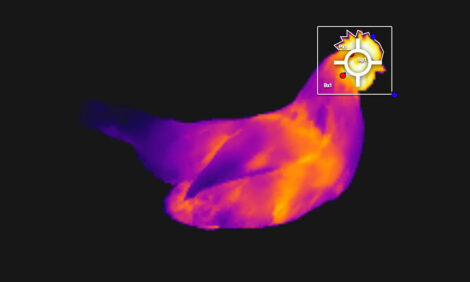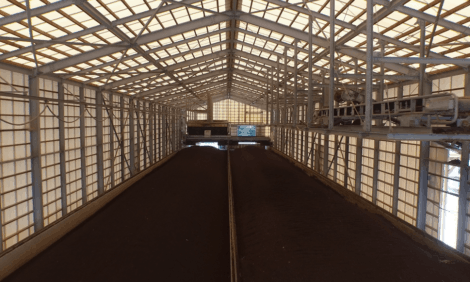



Biosecurity tips for newly hatched poultry
Good biosecurity and hygiene practices can reduce the risk of contamination and illness from hatchlingsAs spring approaches, backyard poultry owners and educators may be preparing for hatching season, which also means taking precautions against the spread of disease.
“Even in a small and controlled environment, biosecurity threats are present,” says Samantha Lahman, North Dakota State University Extension 4-H youth development specialist in animal science. “It is important that those working with poultry are prepared to keep these newly hatched birds and the people in contact with them healthy.”
All people and animals carry populations of germs and other organisms on and in their bodies. Zoonotic organisms are those that pose a health risk to animals and people. Some zoonotic organisms are harmless to animal carriers but can cause disease in humans.
According to NDSU Extension veterinarian Dr. Gerald Stokka, bacteria are often responsible for disease in backyard poultry.
“Even birds that look healthy and clean can transmit bacterial organisms like Salmonella, E. coli, and Campylobacter,” cautions Dr. Stokka. “These bacteria are found in the droppings of poultry and can be found on the bodies of birds even when birds show no signs of illness.”
The bacteria spreads to bedding, cages, water dishes, feeders, desks and countertops, and to the hands of those handling the birds. While people often associate these bacterial infections with eating raw or undercooked poultry, infections can happen from being in close contact with contaminated equipment, handling poultry and eggs. Infections can cause symptoms such as fever, diarrhea, vomiting and stomach pain.
Biosecurity best practices
Good biosecurity and hygiene procedures can greatly reduce the risk of contamination and illness. Good practices for hatching small batches of poultry include:
- Locate incubators, brooding facilities and young bird pens away from where humans consume food or water.
- Once the chicks have hatched, designate one area where birds will be kept and handled. This location should have nonporous surfaces for easy cleaning and adequate ventilation.
- Thoroughly clean poultry enclosures on a regular basis. Cleaning should include both dry and wet cleaning. Dry cleaning is the removal of things like dried manure, feathers, bedding and other caked-on material that disinfectants would not sanitize. Wet cleaning should follow dry cleaning using water, detergents and disinfectants.
- To keep both baby chicks and handlers safe, limit the holding and handling of young birds.
- Wash hands prior to and immediately after handling birds or being in contact with poultry equipment such as cages, feeders and waterers.
- Ensure young people keep their hands away from their faces and mouths when in close proximity to poultry.
- Treat any scratches or bites from poultry promptly.
- After lessons or chores are completed, check flooring, shoes and surrounding surfaces for debris.
“Taking poultry from egg to chick is a very rewarding experience when done properly,” says Lahman. “As you plan for this exciting experience, make sure you have proper biosecurity procedures in place and everyone involved is educated in proper hygiene practices. With adjustments for safe poultry hatching in place, baby chicks in the spring can continue to be an annual family and classroom tradition.”









